Tesla: Revolutionizing the Future of Transportation and Energy
Description: This blog post explores Tesla's transformative impact on the automotive and energy industries, delving into its innovative electric vehicles, sustainable energy solutions, and cutting-edge technologies like autonomous driving. Discover how Tesla is shaping a cleaner, smarter future.
Introduction
Tesla, a name synonymous with innovation, has redefined the automotive and energy sectors since its founding in 2003. Led by visionary entrepreneur Elon Musk, Tesla has grown from a niche electric vehicle (EV) manufacturer to a global leader in sustainable transportation and energy solutions. This blog post dives into Tesla’s journey, its groundbreaking products, and its mission to accelerate the world’s transition to sustainable energy.
The Rise of Tesla
Founded by Martin Eberhard and Marc Tarpenning, Tesla was later propelled to prominence under Elon Musk’s leadership. The company’s mission is clear: to create a sustainable future through electric vehicles, renewable energy, and advanced technology. Tesla’s first major milestone came with the 2008 Roadster, a fully electric sports car that shattered stereotypes about EVs by offering impressive range and performance. Since then, Tesla has continued to innovate, producing vehicles like the Model S, Model 3, Model X, Model Y, Cybertruck, and Tesla Semi.
Tesla’s success lies in its ability to combine cutting-edge technology with a commitment to sustainability. Unlike traditional automakers, Tesla designs its vehicles and energy products from the ground up, prioritizing efficiency, performance, and environmental impact.
Tesla’s Electric Vehicles: Redefining Mobility
Tesla’s lineup of electric vehicles has set new standards for the automotive industry. Here’s a closer look at some of Tesla’s flagship models:
- Model S: Launched in 2012, the Tesla Model S is a luxury sedan known for its long range (up to 405 miles per charge), rapid acceleration (0-60 mph in under 2 seconds for the Plaid version), and advanced features like a minimalist yoke steering system.

- Model 3: The Tesla Model 3, introduced in 2017, is Tesla’s most affordable vehicle, designed for mass-market appeal. It offers a balance of range (up to 353 miles), performance, and price, making it one of the best-selling EVs globally.
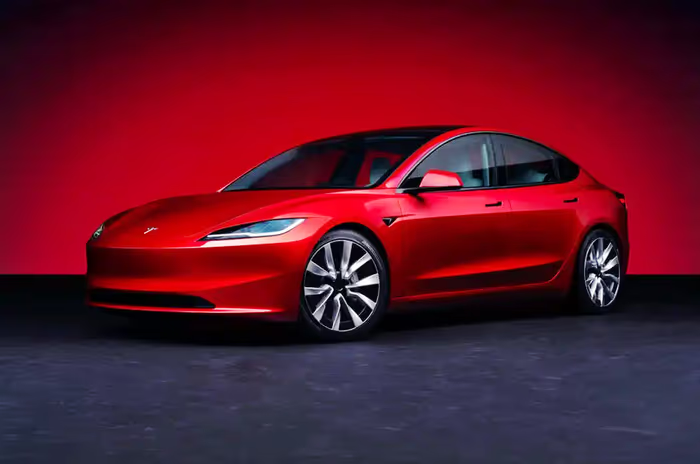
- Model X: A luxury SUV with falcon-wing doors, the Tesla Model X combines family-friendly practicality with high performance and a range of up to 348 miles.
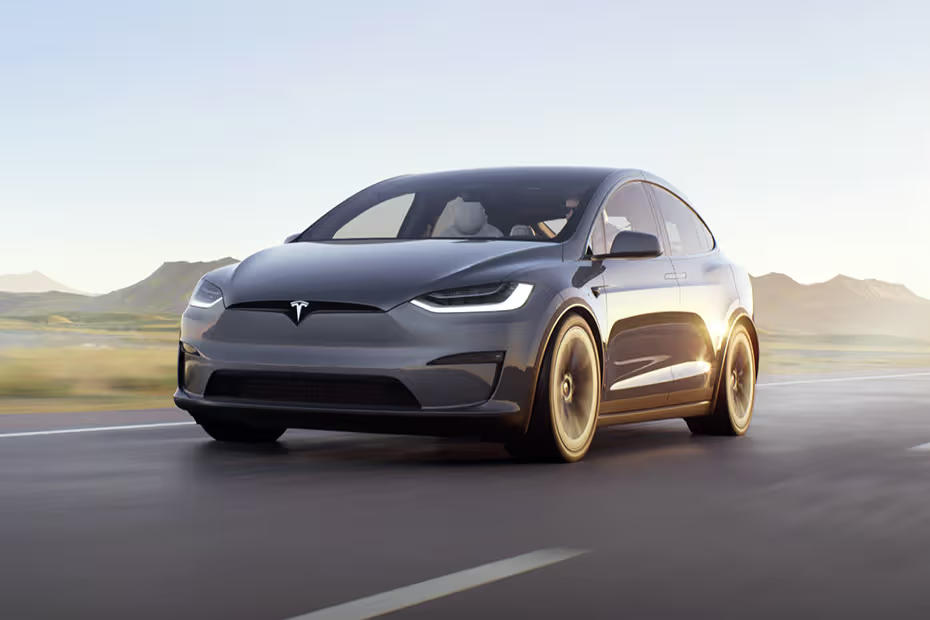
- Model Y: The Tesla Model Y, a compact crossover, has gained popularity for its versatility, offering up to 326 miles of range and ample cargo space.
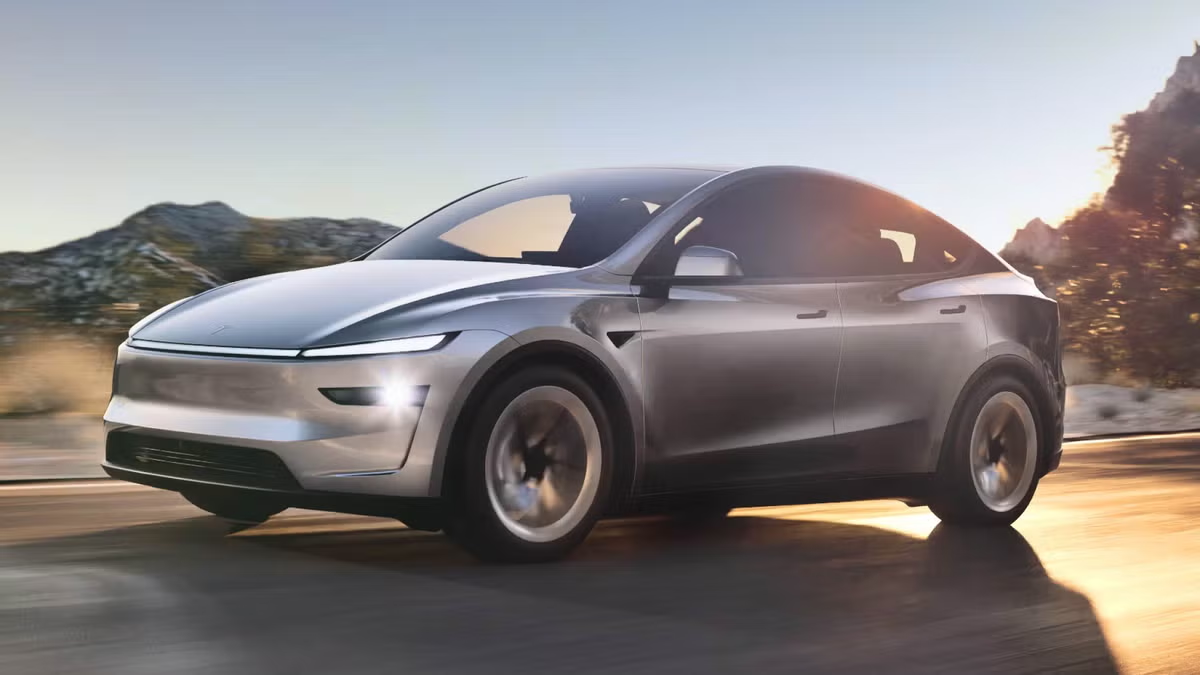
- Cybertruck: Tesla’s all-electric pickup truck, the Cybertruck, boasts a futuristic design, bulletproof exoskeleton, and up to 500 miles of range. It’s built for durability and utility, appealing to truck enthusiasts and eco-conscious buyers alike.
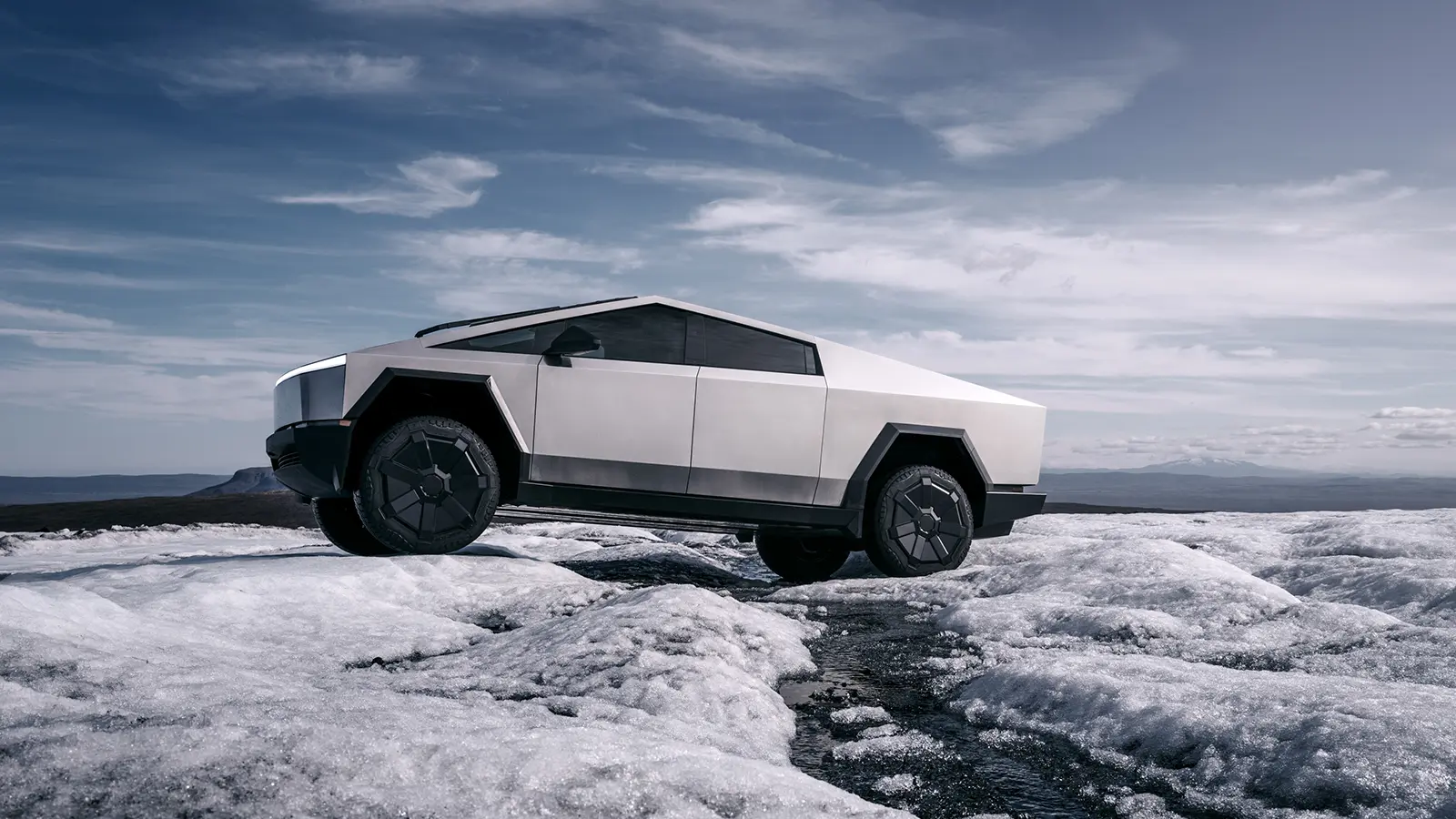
- Tesla Semi: Aimed at revolutionizing freight transport, the Tesla Semi promises a range of up to 500 miles and lower operating costs compared to diesel trucks.
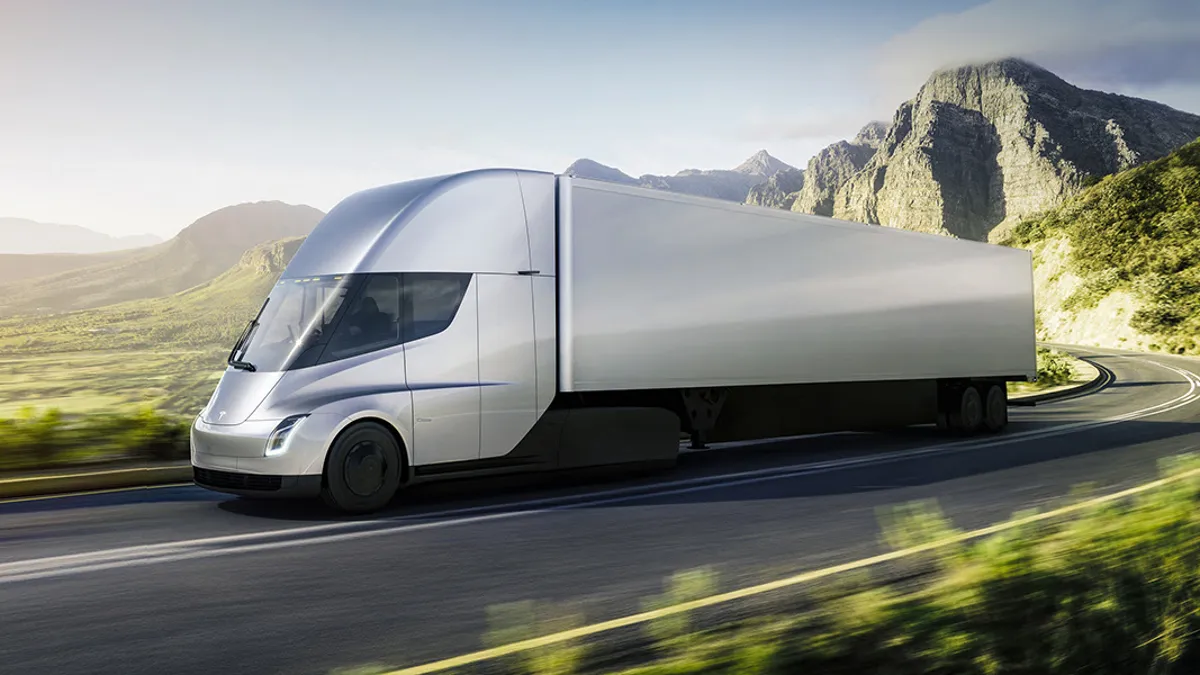
Tesla’s vehicles are powered by advanced lithium-ion battery technology, developed in-house and produced at Tesla’s Gigafactories. These batteries offer superior energy density, enabling longer ranges and faster charging times. Tesla’s Supercharger network, with thousands of charging stations worldwide, further enhances the practicality of owning a Tesla, making long-distance travel seamless.
Beyond Vehicles: Tesla’s Energy Solutions
While Tesla is best known for its cars, its energy division is equally transformative. Tesla’s energy products aim to create a sustainable energy ecosystem, reducing reliance on fossil fuels. Key offerings include:
- Powerwall: A home battery system that stores solar energy or grid power for use during outages or peak demand, enabling homeowners to reduce energy costs and carbon footprints.
- Powerpack and Megapack: Designed for commercial and utility-scale applications, these large-scale battery systems store renewable energy to stabilize power grids and support businesses.
- Solar Roof and Panels: Tesla’s Solar Roof integrates solar cells into durable roof tiles, offering an aesthetically pleasing alternative to traditional solar panels. Tesla’s solar panels provide affordable renewable energy for homes and businesses.
Tesla’s energy solutions are part of its broader vision to create a closed-loop system where solar energy is generated, stored, and used to power homes, businesses, and vehicles. This holistic approach positions Tesla as a leader in the global energy transition.
Tesla’s Technological Innovations
Tesla’s success is driven by its relentless focus on innovation. Some of its key technological advancements include:
- Autonomous Driving: Tesla’s Autopilot and Full Self-Driving (FSD) systems use advanced AI, cameras, radar, and ultrasonic sensors to enable semi-autonomous driving. Tesla’s FSD aims to achieve fully autonomous driving, with ongoing improvements through over-the-air software updates.
- AI and Machine Learning: Tesla’s in-house AI chip, the Hardware 3 (HW3), powers its neural networks, enabling features like real-time traffic analysis and smart navigation. Tesla’s Dojo supercomputer further accelerates AI development for autonomous driving.
- Software Ecosystem: Tesla’s vehicles are essentially “computers on wheels,” with regular software updates that enhance performance, add new features, and improve user experience. Features like Sentry Mode, Dog Mode, and in-car entertainment (e.g., Tesla Arcade) showcase this versatility.
- Manufacturing Innovation: Tesla’s Gigafactories, located in the U.S., China, and Europe, leverage automation and vertical integration to produce batteries, vehicles, and components at scale. The use of megacastings—large, single-piece castings—reduces production costs and improves efficiency.
Tesla’s Impact on the Industry
Tesla’s influence extends far beyond its products. By proving that EVs can be desirable, high-performing, and practical, Tesla has pushed traditional automakers to accelerate their own EV programs. Companies like Ford, GM, and Volkswagen have invested heavily in electric vehicles, inspired by Tesla’s success.
Tesla has also reshaped consumer expectations. Features like over-the-air updates, minimalist interiors, and large touchscreen displays have become industry benchmarks. Additionally, Tesla’s direct-to-consumer sales model bypasses traditional dealerships, offering a streamlined buying experience.
On the energy front, Tesla’s battery storage solutions have spurred growth in the renewable energy sector, encouraging utilities and businesses to adopt sustainable practices. Tesla’s open-source patents further demonstrate its commitment to advancing EV technology for the greater good.
Challenges and Controversies
Despite its success, Tesla has faced challenges. Production delays, supply chain issues, and quality control concerns have occasionally drawn criticism. Tesla’s ambitious timelines, such as those for the Cybertruck and Tesla Semi, have sometimes led to unmet expectations. Additionally, Elon Musk’s public statements and unconventional leadership style have sparked controversies, impacting Tesla’s stock price and public perception.
Safety concerns around Autopilot and FSD have also been debated, with regulators scrutinizing Tesla’s autonomous driving claims. However, Tesla continues to refine its technology and address these challenges through rigorous testing and transparency.
The Future of Tesla
Tesla’s future is bright, with several exciting developments on the horizon. The company is expanding its manufacturing capacity with new Gigafactories in Texas, Germany, and beyond. The Tesla Robotaxi, an autonomous ride-sharing vehicle, is expected to disrupt the transportation industry further. Additionally, Tesla’s advancements in battery technology, such as the 4680 battery cells, promise to improve range, reduce costs, and enhance sustainability.
Tesla is also exploring new markets, such as India, where demand for EVs is growing. By continuing to innovate and scale, Tesla aims to make electric vehicles and renewable energy accessible to a global audience.
Conclusion
Tesla is more than a car company; it’s a catalyst for change in the automotive and energy industries. Through its electric vehicles, energy solutions, and technological innovations, Tesla is paving the way for a sustainable future. As the world grapples with climate change, Tesla’s mission to accelerate the transition to renewable energy has never been more critical. With its bold vision and relentless drive, Tesla continues to inspire and lead the charge toward a cleaner, smarter world.